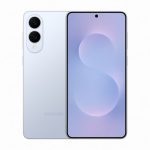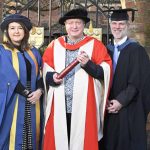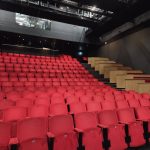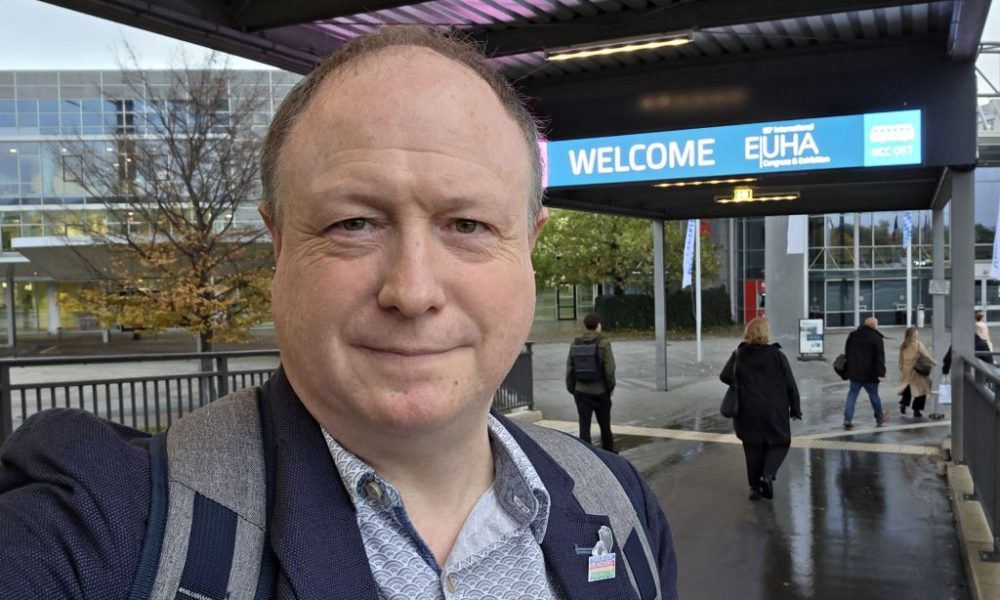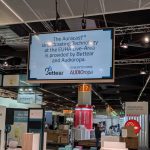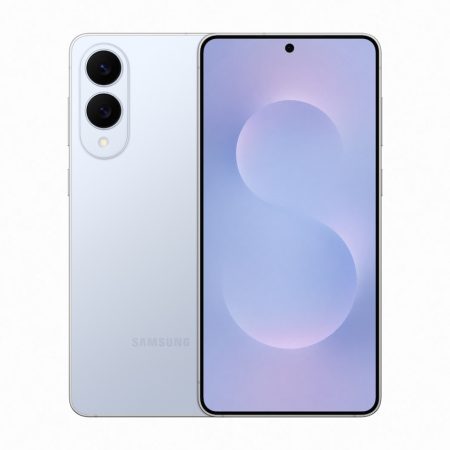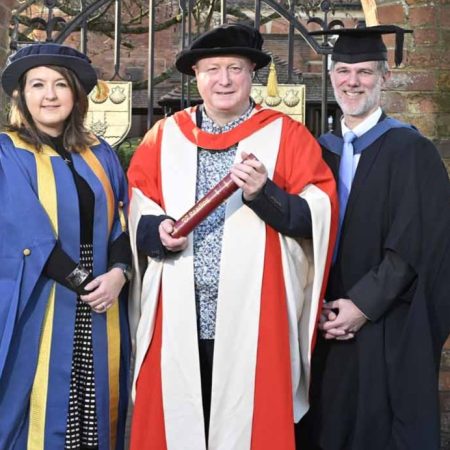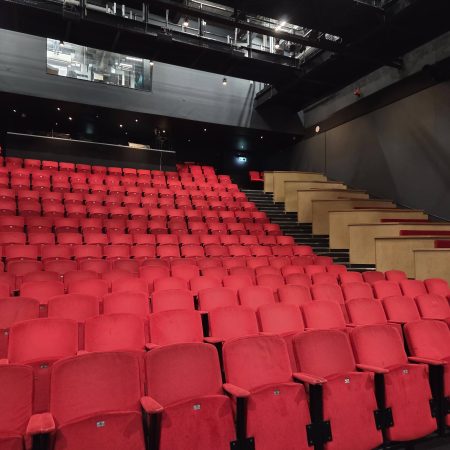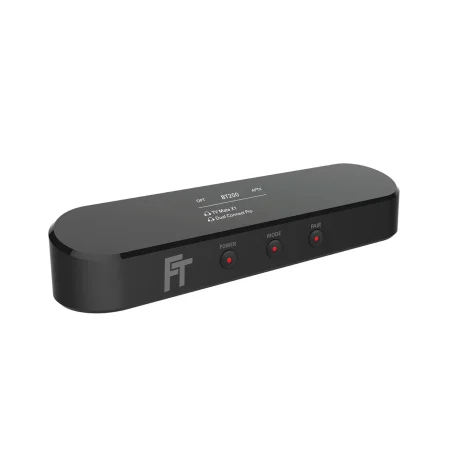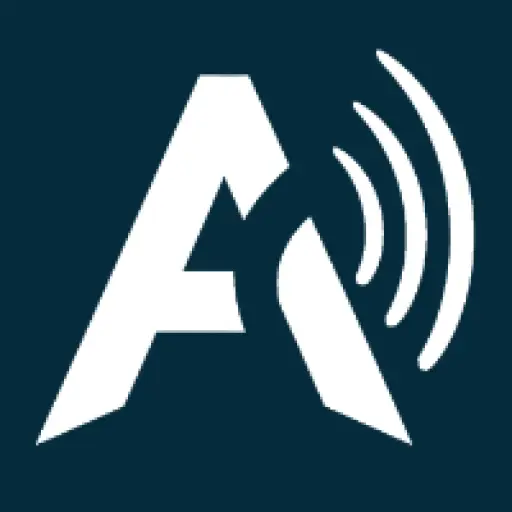EUHA 2025: Auracast is an integral part of the Nuremberg congress (and we’ve tried it)
People from across the world had the opportunity to experience Auracast for themselves thanks to the EUHA congress and Bettear.
The annual event, taking place in Nuremberg, offers audiologists a chance to connect with hearing aid manufacturers, AV companies, and equipment and accessory makers, as well as participate in seminars and training sessions.
More than 9,000 people are expected to visit the three-day Congress, which runs from Wednesday, 22 October to Friday, 24 October.
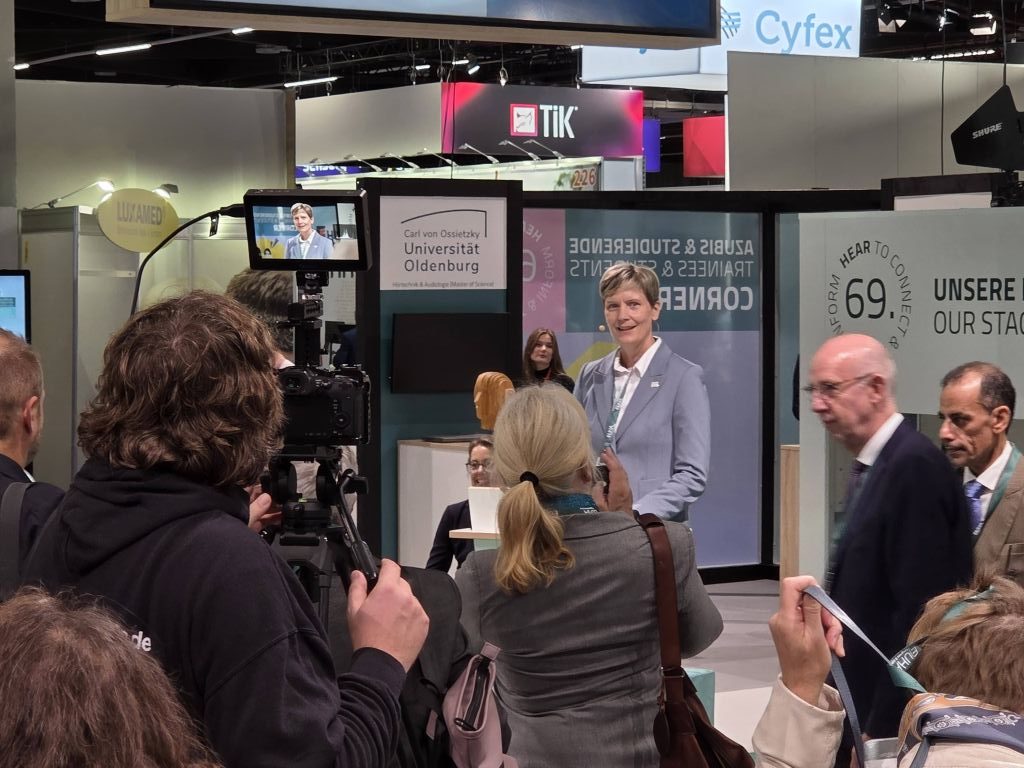
All-in-all, there are 26 different presentations, five tutorials, a special programme focusing on the Sound of Future (including Auracast), and more than 150 different exhibitors for people to explore across 15,500 m2.
EUHA (The European Union of Hearing Aid Acousticians) says that 52% of the exhibitors are German firms, the rest are international, including China, Denmark and France.
Auracast across the EUHA
Auracast has been baked into the organisation of this year’s EUHA – the first time it has adopted the technology, and the first opportunity for many to experience the Bluetooth LE Audio system for themselves.
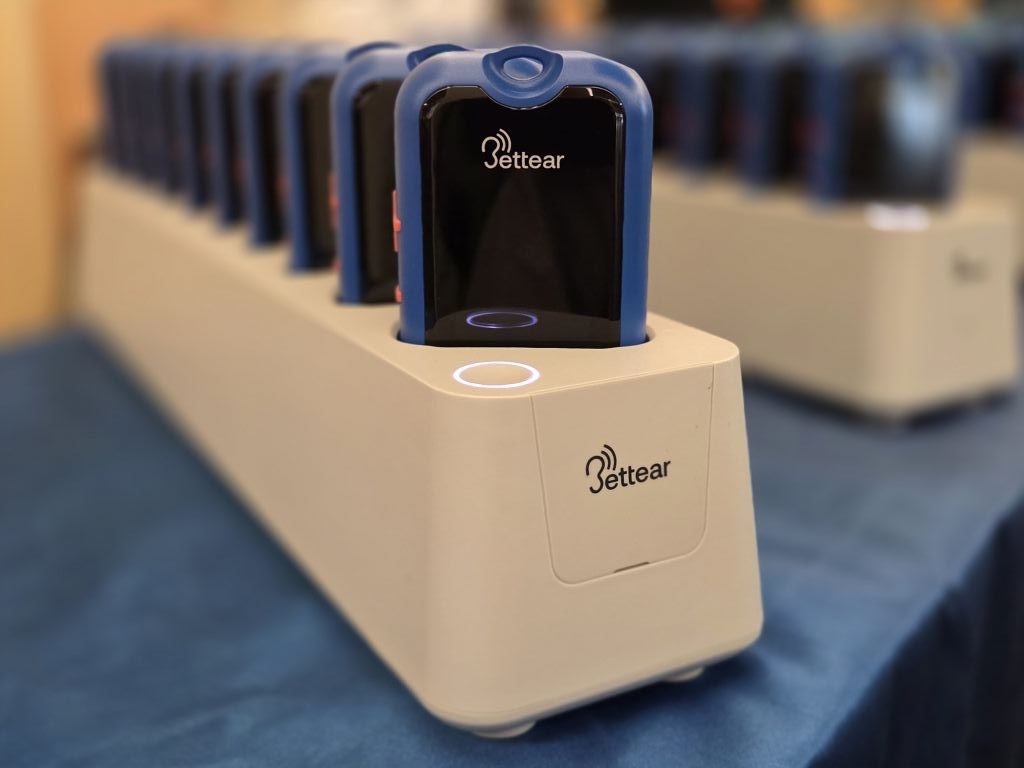
Working with Humantechnik and AUDIOropa, Bettear has brought its Auracast kit to the venue and placed its B-Casters in the lecture hall with two streams available: one in German and the other in English. People can choose – and they can also choose where they want to sit, no longer constrained by a Telecoil area.
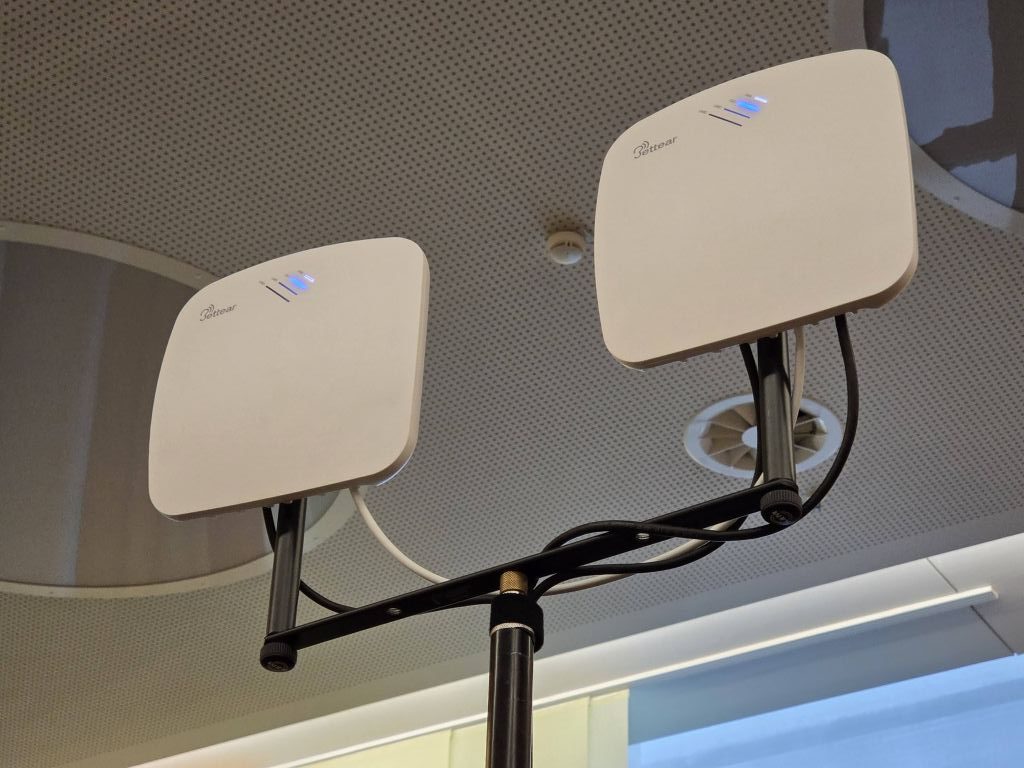
And in the exhibition hall, there is a ‘Live Area’ where a second Auracast stream has been set up, offering instant translations.
It was here that Beate Gromke, the EUHA president, opened the event. While her address was in German, it was in English for those who needed to hear it that way.
She introduced the Auracast streaming service, looking forward to seeing how it works.
In her conference address, she wrote: “We invite you to a premiere: experience Auracast.
“The Sydney Opera House uses this new audio streaming technology, you can experience it for yourself in the Sydney Hall, in the EUHA Live Area and on the guide tour of the exhibition for journalists.
“Based on Bluetooth LE Audio (Low Energy Audio), audio signals can be transmitted from one transmitter to any number of compatible receivers simultaneously, similar to a radio station. This offers us great opportunities at the congress and is a way to increase social participation for people with hearing loss in the future.”
In an additional press statement, EUHA says that Auracast is ‘the talk of the town’ and it ‘impresses with its ability to transmit audio to any number of receivers without pairing, individual volume and tone control, lower latency for synchronous sound, and energy efficiency thanks to LE audio”.
It continues: “Its use in public areas such as airports, cinemas, and train stations for information or personalised sound is also an important aspect. For hearing aid users, Auracast facilitates direct reception of audio content and improves speech intelligibility in noisy environments. Before recommending Auracast to their customers, hearing care professionals will have the opportunity to learn all about it at the congress.”
What is our experience of Auracast at EUHA … so far?
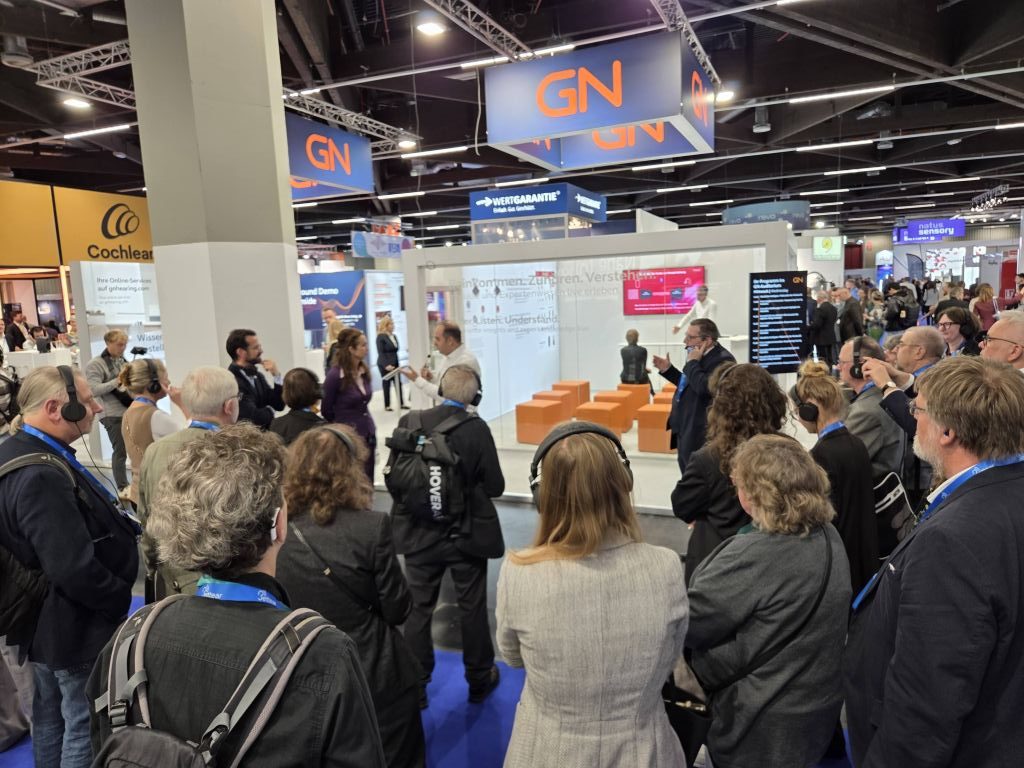
We are writing this at lunchtime on day one and have experienced Auracast in three places: at the opening event, during the press tour of the exhibition area, and in the lecture hall.
Some of the translators are deaf and were hearing the German speech via an Auracast sent to their own hearing device. They then relayed the speech via a Bettear B-RTX transmitter, which went to our ReSound Vivia hearing aids. This is impressive for two reasons: first, Bettear needed to set up the two Auracasts (German and English) on two different channels and ensure they didn’t get muddled up with other Auracasts taking place in the venue.
The second is the dexterity of a hearing-impaired person who simultaneously receives an Auracast in German and then relays the speech they have heard in English. Live translation is a challenging task for anyone, and this was a great experience.
The sound was loud and clear, coming over the background hubbub.
The quality varied depending on what was happening around us.
In the Live Area, the microphone picked up quite a bit of the background noise – the speech was loud enough to hear, but the hubbub was bub, bub bubbling away too.
On the tour, we heard some background noise, but at a very low level, meaning we could hear the translation perfectly.
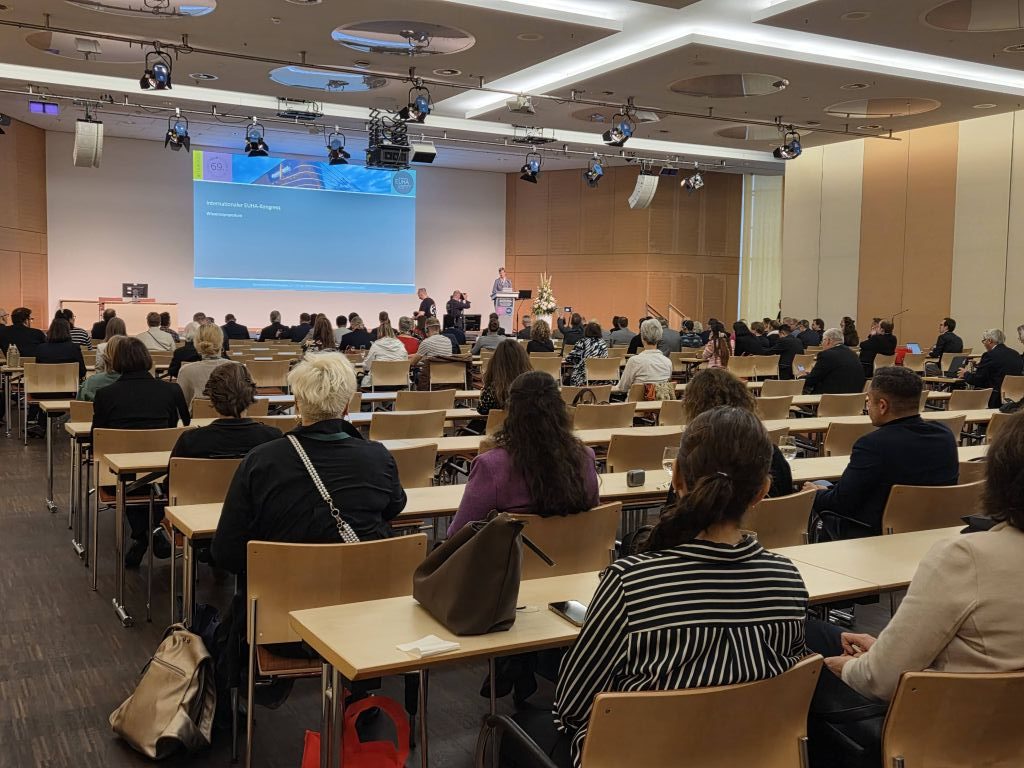
In the lecture hall, the translators were sitting in soundproof booths, while the lecturers were standing at a podium and speaking directly into a microphone. Naturally, this gave the best results.
What is impressive is that the walking tour showcased the versatility of Auracast: it can be used in these large-scale venues with 9,000 people in attendance and still be audible. For deaf and hard-of-hearing people, this is important as a regular tour would be inaccessible to them.
We turned off our Auracast and couldn’t hear what was being said despite being just a few feet away from the person speaking: there were too many conversations going around the building to process the one we wanted to hear.
Because the Auracast is coming from Bettear’s B-RTX receiver, which is about the size of a pebble and turned on to transmitter mode, the system is incredibly portable. People could connect to the Auracast by scanning a QR code that appeared on the display: quick, simple, and easy.
This is a great example of Auracast being used in a real-world situation, and it didn’t disappoint.


